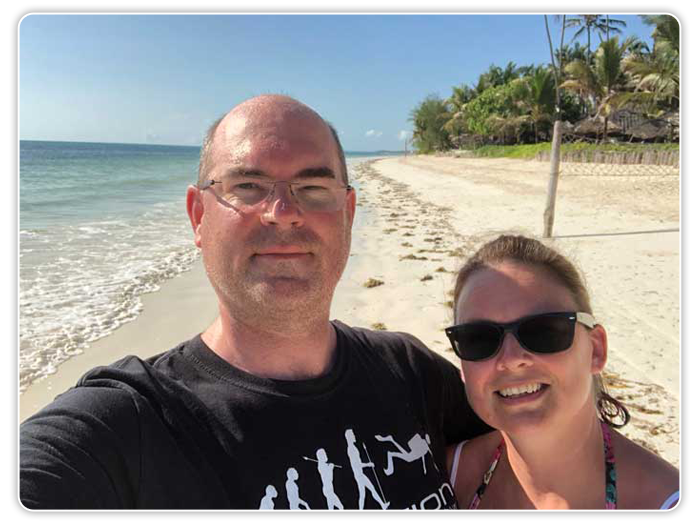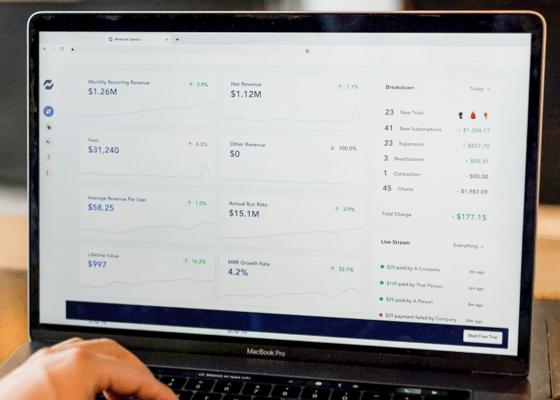What Does Bounce Rate Mean to Your Business and What Can You Do to Improve It?
Bounce rate, the dreaded monster that website owners fight every day. They know that when their bounce rate is high, the likeliness of their website being given any search love is slim to none.
So, What is Bounce Rate?
According to Google, bounce rate is a metric that is calculated by search engines based on a single page visitor or session. The search engine tracks to see if the visitor remains on the site or just exits without any further interaction. Basically, they allow the page to load and then rather than clicking the ‘read more’ or a menu selection, they just click the back button to exit the site.
https://support.google.com/analytics/answer/1009409?hl=en
How Does This Affect My Website?
Well, that really depends on your site. If the home page is your gateway to the rest of your content, then this can have a huge impact. When the visitor lands on your home page and doesn’t do anything except click away, they never see what you really want them to see and so your website suffers.
If you are using landing pages and it’s a ‘fill in your details’ or ‘go away’ page, then it may not be a bad thing as far as the search engines are concerned, but I look at this differently.
When you are sending someone to a landing or squeeze page, you are trying to get people to subscribe or sign up for something. You are trying to build a list.
Looking at it that way, you have to be concerned. More than likely you are paying for traffic and that means that you are not getting the potential bang for your buck so to speak.
Although Google says they don’t use the bounce rate in their algorithm, there are others that say different. According to SEMrush, it is the fourth most important ranking factor. https://www.semrush.com/ranking-factors/
It really makes you wonder which of these are correct. Reality is, that both Google and SEMrush have a point. This metric is one that, depending on what you are trying to accomplish with your website pages, is one that you should be paying attention to.
If you are running an eCommerce site, then people just clicking away may be a sign of not targeting the right audience or possibly offering a product that is not one that your audience is interested in.
When it comes to landing/squeeze pages, this may mean that your offer on the page is not strong enough for the visitor to want to give you their information.
Then there is your blog content. If your blog post is not compelling enough for the visitor to stick around, then this could mean that your headline does not truly represent what the article is conveying.
All of these scenarios can lead to reduced interest and loss of potential subscribers and profits.
How Can I combat these issues?
In order to improve your bounce rate, you first want to look at how you can improve your website or webpage experience. Now this can mean different things depending on your website. Understanding your objectives and your audience is paramount to getting this right.
User experience covers all aspects of the end-user’s interaction with your website and the services and/or products being offered. This equates to the overall experience visitors have when connecting to your website. When the visitor finds your website to be one that is pleasing to the eye and easy to maneuver, they will see it as a website worth spending time on.
Understanding how your audience sees your website content, products and services can take time and quite a bit of testing, but in the long run is something that should be on your to-do list.
In our world of instant gratification, website visitors will only take a few seconds to decide if your website or landing page is worth their time. This is something that is only going to continue on and may even get worse. You need to make sure your site is loading quickly, almost instantaneously. Having to wait for an extended time, 10 or 15 seconds, is going to destroy any opportunity you have to capture the attention of new visitors.
With landing pages, you want to do A/B split testing. This one is important but, in my humble opinion, means that half of my potential audience may not stick around because they didn’t like the page they see.
There is a solution to this! Instead of just showing them one page in the split, what if you could send the visitor to the other page in the split test if they clicked the back button instead of subscribing to your awesome offering?
This would accomplish 2 things rather quickly. The point of the split test is to determine which page is found to be more to your audiences liking. So, by sending them to the opposite page when they click away, you get twice as much feedback from the same traffic.
The same thing goes for your blog content. A focused blog is writing about specific things within the niche. This means there are probably multiple posts on the same subject. The posts are just approaching the subject differently. If you have the ability to send your visitor to another post that is related to the one they didn’t find interesting, it gives you another opportunity to engage with them and improves the time spent on your website. This also improves your bounce rate.
Again, with eCommerce, you can introduce you visitor to another product you are selling without losing the opportunity to close a sale.
So, rather than having potential buyers ‘bounce’ away from your initial offering, why not give them the opportunity to ‘bounce’ over to another offering of yours, keeping them on your site rather than leaving you altogether! WP NoBounce can make that happen for you.
Check out WPNoBounce today and start getting more from your traffic and increased sales.
For the newsletter owner to get affiliate access:
http://wpnobounce.com/affiliates

You Could Be Just One Simple Letter Away From The End Of All Your Financial Worries...
... And If You Enter Your Mailing Address Below I Can Show You Exactly How To Write It!
Privacy Policy: We value your privacy. You can unsubscribe from receiving future emails with 1 click at any time.
